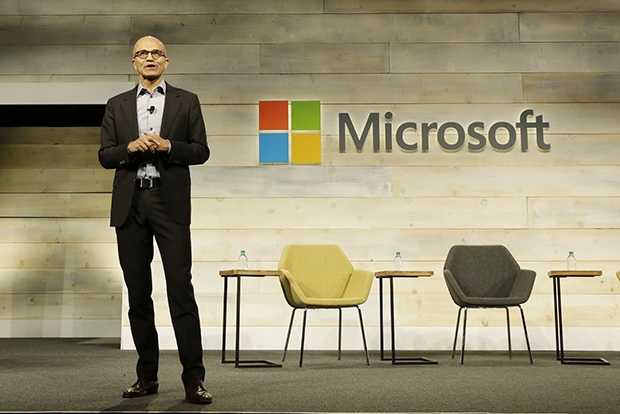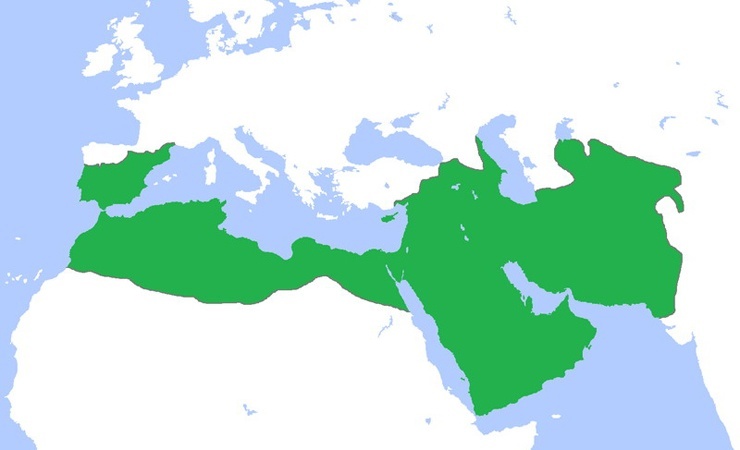The richest bandits in the world.
Since the release of the first list of the world's richest people in 1982, Forbes magazine has included drug lords and gangsters there - since organized crime is part of the global economy, these incomes need to be counted. For example, according to The Guardian, the Calabrian mafia 'Ndrangheta in 2013 enriched itself more than Deutsche Bank and McDonald's combined - by € 53 billion.
Below are the odious figures of the underworld who made millions and billions - Pablo Escobar, Shorty, Al Capone, Tony Salerno and others.
John Gotti
New York Gambino boss John Gotti has received two nicknames from the press. "Teflon Don" - for being invulnerable to justice for a long time. As well as “Don-dandy” for expensive custom-made suits (Brioni for $2,000 and hand-painted silk scarves for $400), elaborate hair, black Mercedes 450 SL and lavish parties.
Growing up in the South Bronx, Gotti joined the Gambino family in the 1950s, one of the powerful gambling, extortion, loansharking and drug syndicates. The US government suspected that on the way to the post of head of the Gambino, Gotti eliminated his predecessor Paul Castellano in 1985. The FBI agent who worked on the Gotti case said that "he was the first don for the media, he never tried to hide that he was a superboss." And his wide lifestyle and external gloss has always provided food for articles in the tabloids.
According to the New York Times, Gotti received between $10 million and $12 million annually, while the Gambino clan earned more than $500 million a year in the 1980s. Justice got to Gotti only in 1992, 10 years later he died in prison.
Shinobu Tsukasa
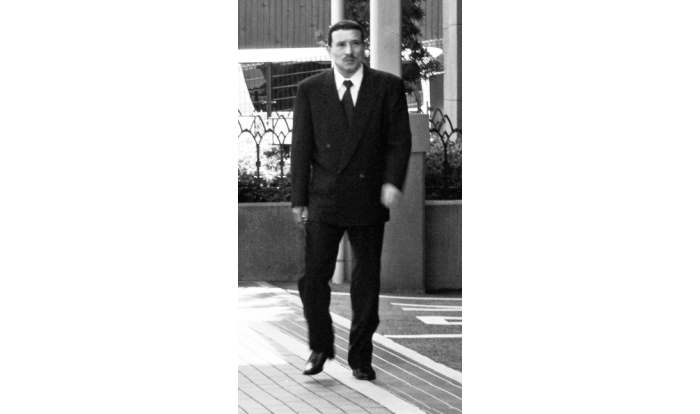
Shinobu Tsukasa, 74, leads a yakuza clan called the Yamaguchi-gumi. Fortune has listed the yamaguchi-gumi as one of the five most powerful mafia groups in the world, with an annual profit of $6.6 billion. The Yamaguchi was founded in the port city of Kobe over 100 years ago and has 23,400 members. Most of the income comes from the sale of drugs, as well as gambling and extortion.
Shinobu Tsukasa is the sixth leader of the clan in history. In the 1970s, he was sentenced to 13 years for murder with a samurai sword. In 2005, he was jailed for 6 years for possession of a firearm. In 2015, there was a split in the yamaguchi-gumi. According to the Tokyo Reporter, most of the group remained with Tsukasa, and 3,000 members formed a new clan led by Kunio Inoue.
Michael Franzese
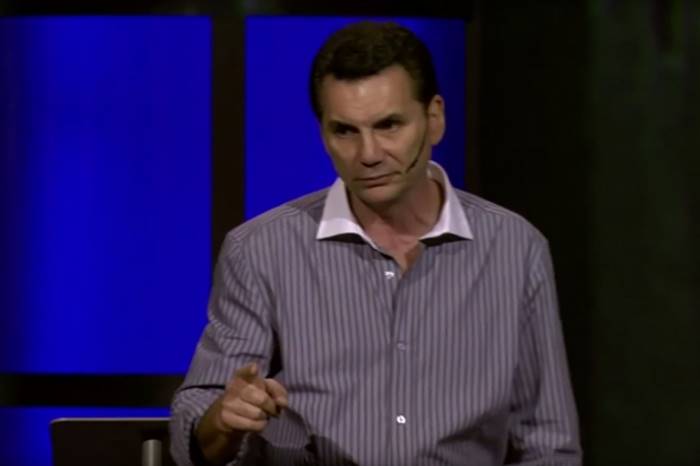
In Fortune's "50 Most Powerful Mafia Bosses" list, Michael Franzese was ranked 18th. Franzese, nicknamed "Don Yuppie", is the son of a bank robber who formed a cartel that was engaged in the release of films of category B, illegal sale of gasoline, scams with repair and sale of cars, fraudulent loans.
In a week, Michael Franzese received from $ 1 to $ 2 million in income. In 1985, the US government charged him with fraud, stripped him of $4.8 million of assets, and ordered him to pay $10 million for the illegal sale of gasoline through shell companies. After eight years in prison and a $15 million payment, Franzez moved to California and decided to capitalize on his criminal past. He has written two books, the autobiography Blood Covenant and the business advice book I'll Make You An Offer You Can't Refuse, as well as sold the rights to a miniseries about his life to CBS. Now the former mobster lives in a $2.7 million home, drives a Porsche, gives interviews to Vanity Fair and lectures at universities.
Anthony Salerno
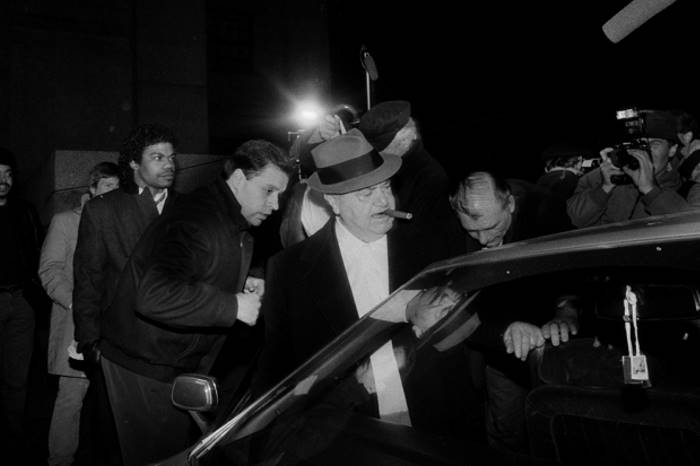
In 1986, Fortune magazine published a list of "The 50 Most Powerful Mafia Bosses". The editor-in-chief explained the appearance of the material by the fact that "organized crime is a powerful economic factor." Anthony "Fat Tony" Salerno also made the list. The Genovese clan, led by a gangster (300 people), was engaged in racketeering and drugs in New York. According to The New York Times, the clan's influence extended as far as Cleveland, Nevada, and Miami, with interests in construction, loansharking, and casinos. Since the 1960s, the clan has earned $50 million a year. Between 1981 and 1985, Salerno imposed a 2% Mafia tax in New York on all contractors pouring concrete on buildings worth more than $2 million. Salerno's net worth may have been $1 billion.
In 1988, the gangster was sentenced to 70 years for racketeering and hiding illegal income of $10 million a year (only $40,000 a year was indicated in the declaration). Four years later, at the age of 80, he died in prison.
Dawood Ibrahim Kaskar

The income of India's most wanted criminal is estimated by Business Insider at $ 6.7 billion. Forbes included Cascar in the lists of the most influential people in the world in 2009, 2010 and 2011 (50, 63 and 57, respectively). His crime syndicate D-Company is accused of terrorist attacks in Mumbai in 1993 and 2008, in addition, he was involved in the smuggling of drugs and weapons. The US government believes that Dawood Ibrahim Kaskar is linked to al-Qaeda and the Taliban. According to one version, Kaskar is hiding in Pakistan.
Al Capone
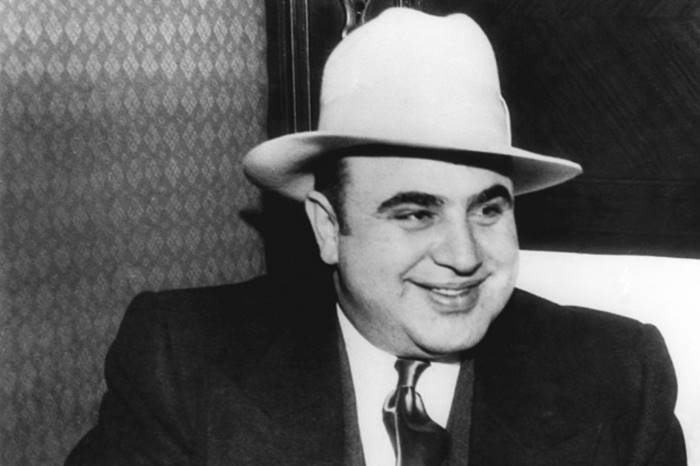
Capone is the most famous American gangster. A character named Al Capone appears in 77 mafia films.
At the time of his death in 1947, his fortune was estimated at $ 1.3 billion. Capone acted in various criminal areas - bootlegging, racketeering, murder. In 1929, the US government declared him "Enemy No. 1". The prosecutor's office repeatedly sentenced Capone to prison, but a few months later he was released. As a result, in 1931, Capone was convicted only for tax evasion - for 11 years. He was supposed to spend most of his term in Alcatraz.
In 1939, Capone came out, but his health was undermined - he suffered from syphilis and dementia.
In 2012, Forbes conducted an analysis of Capone's former property. The Chicago four-bedroom house he bought with his first earnings was valued at $450,000, and the Miami Beach mansion where he died in 1947 was valued at $9.95 million.
Griselda Blanco
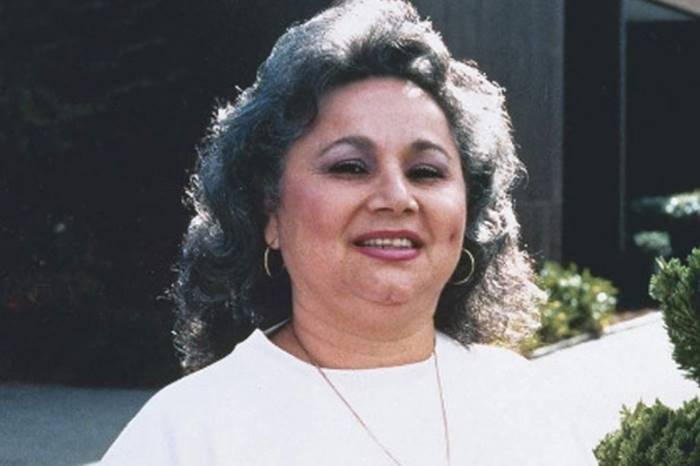
The Colombian Griselda Blanco was called the "Godmother of cocaine" by the Western press. Blanco was one of the key figures in the Miami cocaine trade in the 1970s and 1980s. Even in the male drug business, she had a reputation for being a ruthless businessman. According to Business Insider, her fortune was approaching $2 billion, however, she was far from Exobar's income.
Three times a widow, whose spouses were rumored to have died at her hands, she named one of her sons Michael Corleone. According to The Guardian, its distribution network was making tens of millions of dollars and moving around 1,500 kilos of cocaine per month. Before being arrested in 1985 in California, The Godmother was on the list of the most dangerous drug dealers along with Escobar and the Ochoa brothers. She was charged with 40 to 200 murders in Florida, but the woman managed to avoid the death penalty due to a technical error in court: the officer who testified against her was discredited because he had a sex conversation on the phone with a secretary in the accuser's office, the Guardian wrote. Blanco was imprisoned in federal prison, deported to Colombia in 2004, where 8 years later she was shot by an assassin on a motorcycle.
Khun Sa
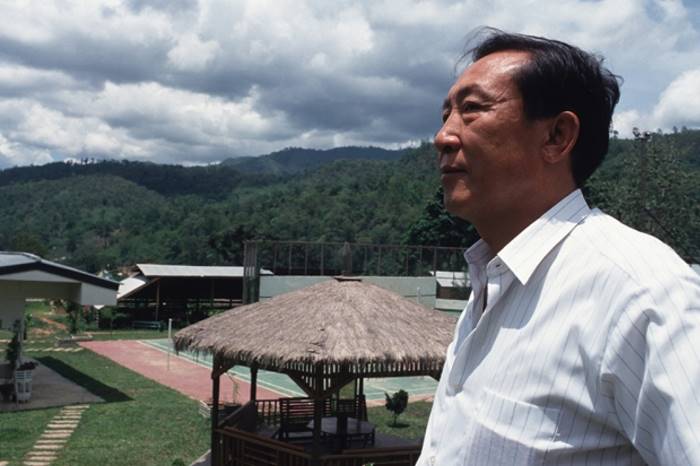
Khun Sa, the “Opium King,” was estimated by Business Insider to be worth $5 billion. Born Chang Shifu, the son of a Chinese man and a Shan woman, changed his name to Khun Sa, meaning “Prosperous Prince,” in the 1960s. During these years, he led the Burmese army, engaged in the cultivation of opium in the Golden Triangle of Southeast Asia, which included 20,000 men. In the 1970s and 80s, the Sa army controlled the Thai-Burmese border and was responsible for 45% of the pure heroin entering the United States, for which the Drug Enforcement Administration (DEA) called him "the best in the business" (data from The Economist).
The US government placed a $2 million bounty on the head of the Opium King. By the 1990s, the DEA was able to destroy Sa's trade chain, and he moved to Yangon and retired. Currently, opium production in the Golden Triangle has fallen to 5% of the world figure (in 1975 it was 70%).
There are different versions about whether the drug lord saved billions before his death in 2007 - from "lived in luxury", but "satisfied with a modest pension."
Morris Dalitz
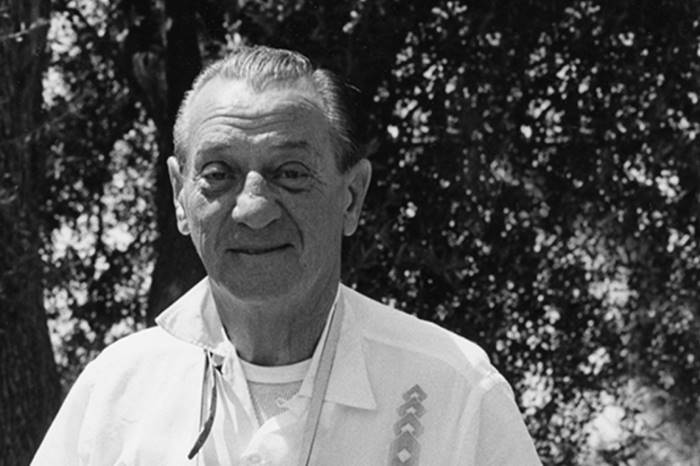
Moritz (Mo) Dalitz belonged to such legendary gangsters as Al Capone and Bugsy Siegel. During the era of Prohibition, he was engaged in bootlegging, later - gambling and real estate. In 1982, Dalitz was on the first Forbes richest list, along with artist Yoko Ono, actor Bob Hope, and mafia accountant Meyer Lansky. Dalitz's fortune was estimated at $110 million, but how much he actually earned remains a question.
Dalitz received a significant share of his wealth from the first casinos in Las Vegas. In 1949, he co-founded the Desert Inn casino and the Stardust Hotel. In the 1950s, he took part in the emergence of the Paradise Development Company, which built a university and a convention center in Las Vegas. In the 1960s, he invested in the $100 million complex La Costa Resort near San Diego, after which he sued Penthouse magazine for $640 million, which wrote that the construction was financed by the mafia. Unlike many colleagues in the criminal past, Dalitz lived to an old age, in recent years he has been involved in charity work.
Rafael Caro Quintero and Amado Carrillo Fuentes
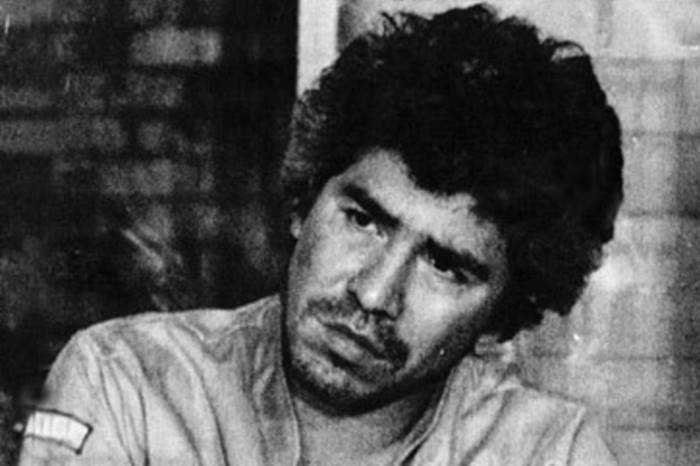
Before the star of the drug lord "Shorty" rose in Mexico, two names thundered there - Rafael Caro Quintero (pictured) and Carrillo Fuentes. The head of the Guadalajara cartel, Rafael Quintero, owned marijuana plantations called Rancho Bufalo. During a 1984 police raid on the ranch, about 6,000 tons of marijuana were seized, which, according to The Wall Street Journal, cost Quintero between $3.2 billion and $8 billion. The Guadalajara cartel earned $5 billion a year. There were rumors in the Mexican press that Quintero followed Escobar in offering to pay off Mexico's external debt in exchange for his freedom. The drug lord was sentenced to 40 years in a Mexican prison in 1989, but was released 28 years later.
The second Mexican drug lord is Carrillo Fuentes, head of the Juarez cartel. The Washington Post estimated his fortune at $25 billion. It is believed that wealth allowed him to avoid justice for many years. Fuentes earned the nickname "Lord of the Skies" for his extensive fleet (22 aircraft) to transport cocaine to the United States. Fuentes died in 1997 during plastic surgery to change his appearance.
Pablo Escobar
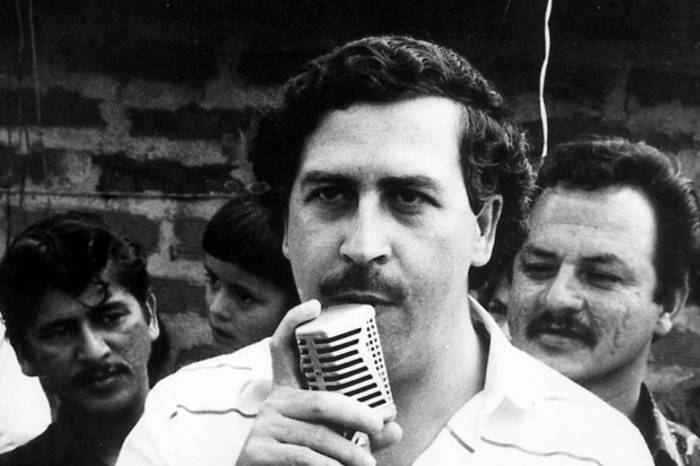
Colombian drug lord Pablo Escobar became the first criminal to appear on the Forbes 100 International Billionaires list in 1987 with a net worth of $3 billion. He only dropped out after his death in 1993. From 1981 to 1986, the Medellin cartel led by Escobar had a revenue of $ 7 billion, the drug lord took 40% for himself. The cartel received its main wealth from cocaine smuggling in the United States (about 15 tons daily), in the late 1980s it owned 80% of the entire cocaine market in the world. According to Business Insider, Escobar earned $420 million a week, according to other sources, his fortune totaled more than $30 billion.
Each year, the king of cocaine lost about $2.1 billion (10% of revenue) as the money was randomly stored in warehouses and abandoned farms, it was destroyed by mold and rodents. Every month, he spent $2,500 on rubber bands that held bills together. Once Escobar burned $ 2 million to warm his daughter: the family then hid in the mountains, and there was nothing to kindle a fire from. In 1984, the cartel offered to pay off Colombia's national debt in exchange for immunity. The DEA placed a $11 million bounty on Escobar's head. In 1991, the drug lord made a deal with the Colombian government to build his own prison, La Catedral (with a football field and his chosen guards), to which the authorities could not approach closer than 5 km.
The life of a drug lord was so bright that in 2015 Netflix released the series Narcos dedicated to him.
Brothers Ochoa and Gonzalo Rodriguez Gacha
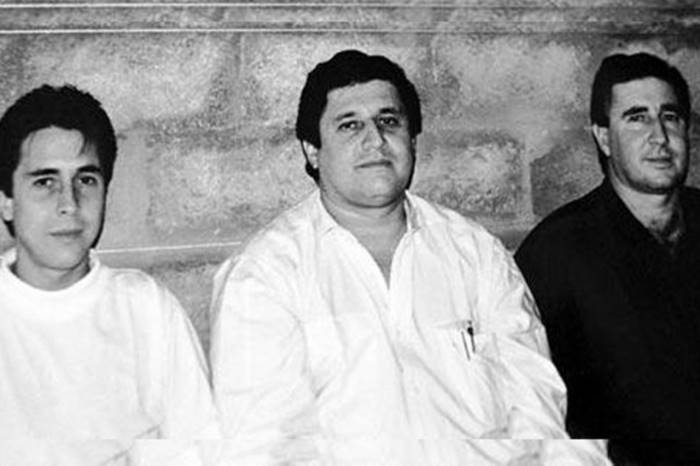
In 1987, along with Escobar, the co-founders of the Medellin cartel, Jorge Luis Ochoa-Vasquez (with an income of $ 2 billion), with brothers Juan David and Fabio, who received 30% of the cartel's revenue, were on the Forbes list of the richest. The Ochoa brothers remained on the Forbes list for another 6 years until they surrendered to the authorities.
The drug lord Gonzalo Rodriguez Gacha, who lived at the same time, worked both with the Medellin cartel and independently (for example, transporting cocaine disguised as flower supplies to the USA from Bogota) was also a billionaire. In 1988, Forbes estimated his fortune at $1.3 billion. Gacha stayed on the list for two years until he was shot dead by Colombian police.
Joaquin Guzman Loera
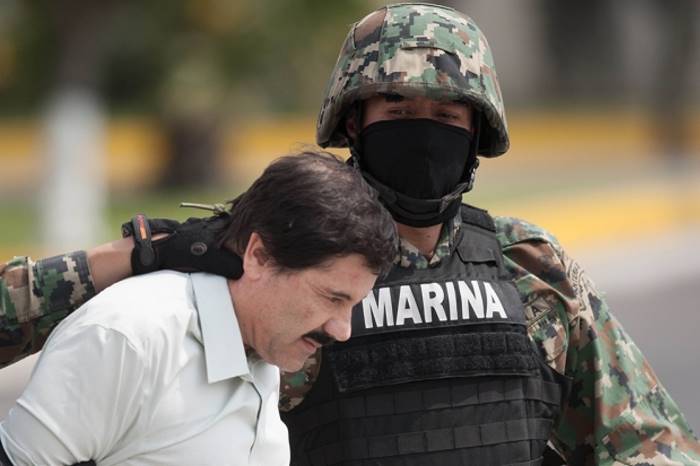
In 2009, the Mexican drug lord Joaquin Guzmán Loera, nicknamed "Shorty", was included in the Forbes list of the richest people on the planet with a fortune of $ 1 billion. In 2012 and 2013, he ranked 63rd and 67th among the most influential people in the world. Strategic Forecasting Inc. and even estimated his wealth at $ 12 billion. The Sinaloa cartel under the leadership of Loer was responsible for 25% of illegal drug trafficking from Mexico to the United States and received $ 3 billion in proceeds. The New York Times, citing data from the Drug Enforcement Administration, writes that the cartel sold more cocaine than Escobar at the height of his career.
"Shorty" started his business in the early 1990s, transporting cocaine, including in chili cans (in 1993, the Mexican authorities confiscated such a 7-ton cargo). He was declared "Mexico's most wanted man" with a $7 million bounty: $5 million from the United States and another $2 million from Mexico. He was first arrested in 1993, but he escaped from prison in 2001. The last time Mexican intelligence agencies captured Loera in Sinaloa was in January 2016. Vanity killed the drug lord. He was going to make a biopic about himself and was casting. In addition, actor Sean Penn flew to "Shorty" to meet for an interview. It is believed that the authorities were able to track the movements of the criminal, including thanks to this.



